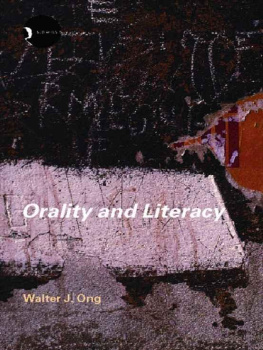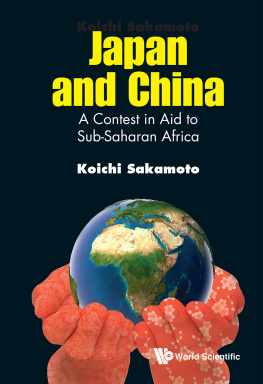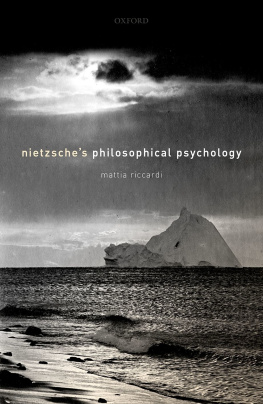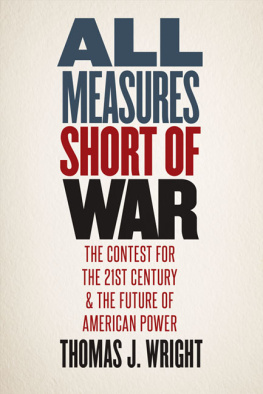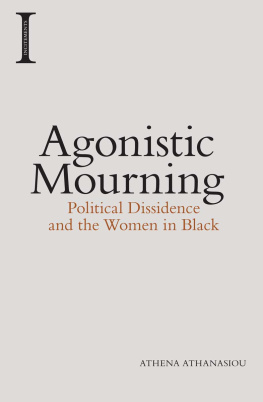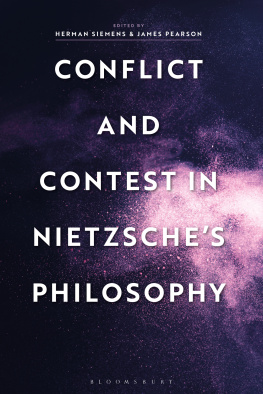
Fighting for life : contest, sexuality, and consciousness
Ong, Walter J
This book was produced in EPUB format by the Internet Archive.
The book pages were scanned and converted to EPUB format automatically. This process relies on optical character recognition, and is somewhat susceptible to errors. The book may not offer the correct reading sequence, and there may be weird characters, non-words, and incorrect guesses at structure. Some page numbers and headers or footers may remain from the scanned page. The process which identifies images might have found stray marks on the page which are not actually images from the book. The hidden page numbering which may be available to your ereader corresponds to the numbered pages in the print edition, but is not an exact match; page numbers will increment at the same rate as the corresponding print edition, but we may have started numbering before the print book's visible page numbers. The Internet Archive is working to improve the scanning process and resulting books, but in the meantime, we hope that this book will be useful to you.
The Internet Archive was founded in 1996 to build an Internet library and to promote universal access to all knowledge. The Archive's purposes include offering permanent access for researchers, historians, scholars, people with disabilities, and the general public to historical collections that exist in digital format. The Internet Archive includes texts, audio, moving images, and software as well as archived web pages, and provides specialized services for information access for the blind and other persons with disabilities.
Created with abbyy2epub (v.1.7.2)
NUNC COGNOSCO EX PARTE
THOMASJ. BATA LIBRARY TRENT UNIVERSITY
-''S'. *
'- I, ' / y'fj
a
>?/
L' , ^V %"
5?^'' ', ' . t
S-'. ^
' " - 'i':
.- --fri t*?I K'.'j-^.-'^r^^
-tf'-r>^.v.V *y .--s3/^j>V
ij. A*' 5^5- v."?
Lv >t.. 5> i.'^ //
Also by Walter J. Ong
Interfaces of the Word: Studies in the Evolution of Consciousness and Culture Why Talk?
Rhetoric, Romance, and Technology: Studies in the Interaction of Expression and Culture
Petrus Ramus, Scholae in liberales artes (editor)
Petrus Ramus and Audomarus Talaeus, Collectaneaepraefationes, epistolae, orationes (editor)
Knowledge and the Euture of Man (editor and contributor)
The Presence of the Word In the Human Grain The Barbarian Within
Darwins Vision and Christian Perspectives (editor and contributor)
American Catholic Crossroads Ramus and Talon Inventory Ramus, Method, and the Decay of Dialogue Erontiers in American Catholicism
Fighting for Life
CONTEST, SEXUALITY,
AND CONSCIOUSNESS
Walter J. Ong
Cornell University Press
ITHACA AND LONDON
H5-d . 0^3
Copyright (c) 1981 by Cornell University Press
All rights reserved. Except for brief quotations in a review, this book, or parts thereof, must not be reproduced in any form without permission in writing from the publisher. For information address Cornell University Press, 124 Roberts Place, Ithaca, New York 14850.
First published 1981 by Cornell University Press.
Published in the United Kingdom by Cornell University Press Ltd.,
2-4 Brook Street, London WiY lAA.
The lines facing the contents page and quoted on page 206 are from Burnt Norton in Four Quartets by T. S. Eliot, copyright 1943 by T. S. Eliot; copyright 1971 by Esme Valerie Eliot. Reprinted by permission of Harcourt Brace Jovanovich, Inc., and Faber & Faber, Ltd.
International Standard Book Number 0-8014-1342-7 Library of Congress Catalog Card Number 80-66968 Printed in the United States of America
Librarians: Library of Congress cataloging information appears on the last page of the book.
For Kathleen Kemp Forrest and William Craig Forrest and their children,
Ted, Kathryn, and Sara
340718
The trilling wire in the blood Sings below inveterate scars And reconciles forgotten wars. T. S. Eliot, Burnt Norton
Contents
Preface ^
PART ONE. BACKGROUNDS
1. Contest and Other Adversatives /j
Adversativeness 15
Origins of the Present Work 24
Procedures: Understanding and Asymmetric Opposition 29
Contest, Language, and Thought 34
Some Differentiations: Contest and Alternative Concepts 37
PART TWO. PATTERNS OF ADVERSATIVENESS
2. Contest and Sexual Identity 57
The Sexes and the Adversative 51
The Expendable Sex 52
Combat between Conspecific Males 56
Ritual Combat 59
Combat, Stress, and Masculine Identity 64
Male Fights Male 76
Bonding Patterns and Loners 80
All-Male Secrets and Womans Secret 89
Vicarious Contest 91
3. Separation and Self-Giving: Pieta and Quixote 97
Externality of Masculinity 97
Self-Giving, Feminine and Masculine 99
Maximizing Male Risk 103
Vocal and Physical Bravado 107
Masculinity, Contest, Differentiation 112
Contents
PART THREE. PAST, PRESENT, AND EUTURE
4- Academic and Intellectual Arenas ii8
The Agonistic Heritage of Academia 118
The Oral Roots of Agonistic Noetic 122
Residual Orality in Academia 125
The Latin Connection 129
From Agonistic to Coeducation: The In-Depth Revolution 134
Realignment of Agonistic Structures 139
The New Setting 144
5. Some Present Issues i4g
Spectator Sports 152
Politics 158
Business 163
Christian Life and Worship 167
6. Contest and Interiorization 184
The Variable Settings of Contest 184
From Violence to Inwardness in Narrative 187
Contest and the Inward Turn of Scholarship 190
Contest, Consciousness, and the Self 193
Adversativeness in the Service of the Person 199
References 211
Index 223
From antiquity the human being has been considered the microcosm, the little world in which all of the forces and all of the reality of the entire great world, the universe or macrocosm, are represented. Sometimes the human being was thought of as a kind of mirror of all else in the universe. Today we are even more taken by the connections between the human being and the rest of the cosmos than the ancients were, but we cannot be content with such a simplified representation of the connections. Earlier views of the individual as a microcosm tended to be atemporal and generalized. Our present understanding of our complex relationship to the rest of the universe is largely temporal, based on a knowledge of the evolutionary and historical past in relation to the present, and it tends to be quite circumstantial and concerned with details of human behavior.
Humankind has a long past, and it is all present, for, like all beings in history, we are where we are, inevitably, because of where we came from. Even though free choice is partly responsible for our present situation, free choice itself cannot be exercised groundlessly. Any choice is made at a given time in a given situation and thus depends on the options that the time and situation provide, that is, the options that the past has brought into being.
Next page

